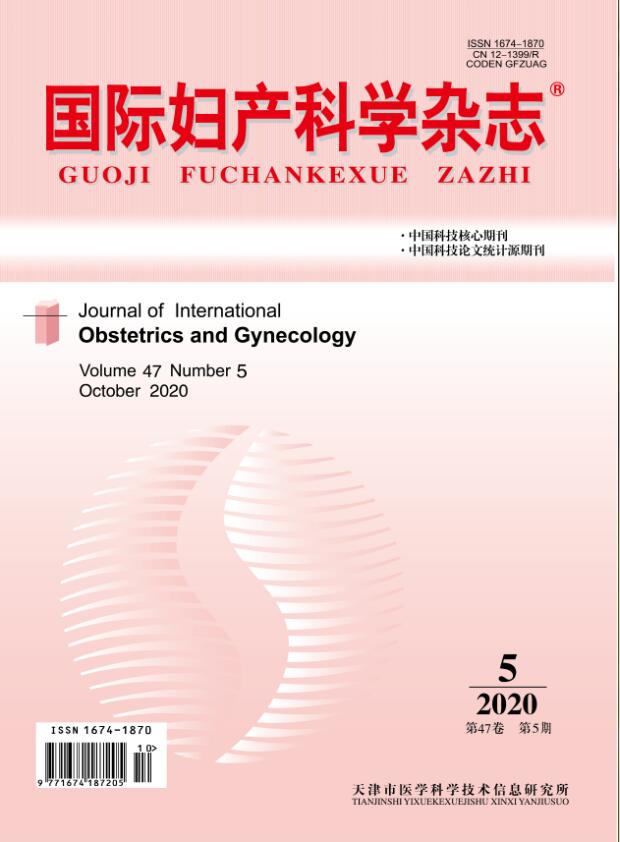|
|
Clinical Analysis of Risk Factors for Postpartum Urinary Retention in 97 Primiparas Through Vaginal Delivery
YANG Cai-xia,TANG Shu-wen,LAN Shu-hai,CHEN Jin-ling
2018, 45 (6):
700-703.
Objective:To explore the risk factors of postpartum urinary retention after vaginal delivery, to provide theoretical basis for reducing the incidence of postpartum urinary retention and reducing postpartum complications. Methods:Using the method of retrospective analysis, 97 cases of postpartum urinary retention in vaginal delivery from January 2016 to December of Baodi Clinical College of Tianjin Medical University were selected as the observation group (A group, with labor analgesia group was A1 group, and without labor analgesia group was A2 group), and 88 cases of non urinary retention in the same period were randomly selected as the control group (B group, the labor analgesia for the B1 group, no analgesia for the B2 group). Record the general information of 2 groups of patients, pregnancy complications, complications during pregnancy, the situation during childbirth, postpartum hemorrhage and neonatal body mass, retrospective analysis was performed. Results:There were no significant differences in pregnancy complications, complications during pregnancy, pregnancy times, premature rupture of membranes, left anterior occipital position, third stage of labor and neonatal body mass between the two groups (all P>0.05). There were significant differences in pregnant weeks, labor analgesia, forceps delivery, episiotomy, first stage of labor, second stage of labor and postpartum hemorrhage (P<0.05). Logistic stepwise regression analysis showed that the risk factors of PUR were pregnant weeks (OR=1.619, 95%CI: 1.121-2.339), forceps delivery (OR=4.981, 95%CI: 2.184-11.361), postpartum hemorrhage (OR=3.429, 95%CI: 1.024-11.488), episiotomy (OR=2.419, 95%CI: 1.058-5.531). Analysis of the risk factors of postpartum urinary retention by ROC curve, the best critical age was 26.50, the best critical value of the gestational week is 40.36 weeks, the best critical value of newborn weight was 3 372.50 g, the best critical value for the first labor process of labor analgesia was 402.50 min, the second birth process time of labor analgesia was 61.50 min, the best critical value for the first labor process of no labor analgesia was 230.00 min, the second birth process time of no labor analgesia was 34.50 min. Conclusions:The occurrence of postpartum urinary retention can be reduced by proper intervention on factors such as pregnant weeks, labor analgesia, forceps delivery, episiotomy, first stage of labor, second stage of labor and postpartum hemorrhage.
Related Articles |
Metrics
|

